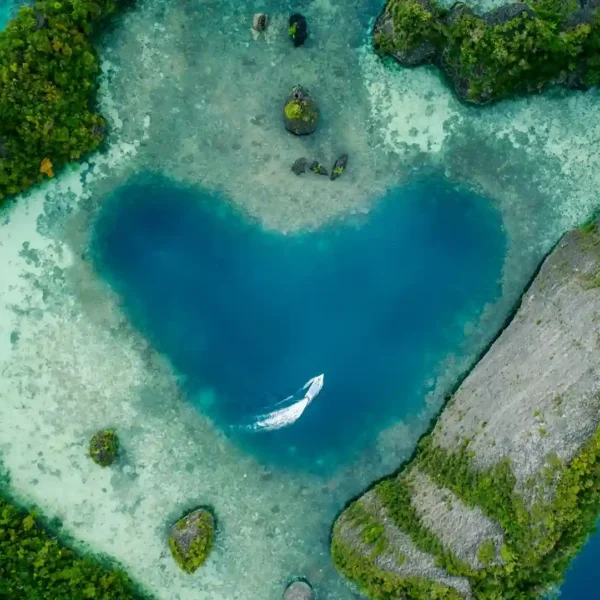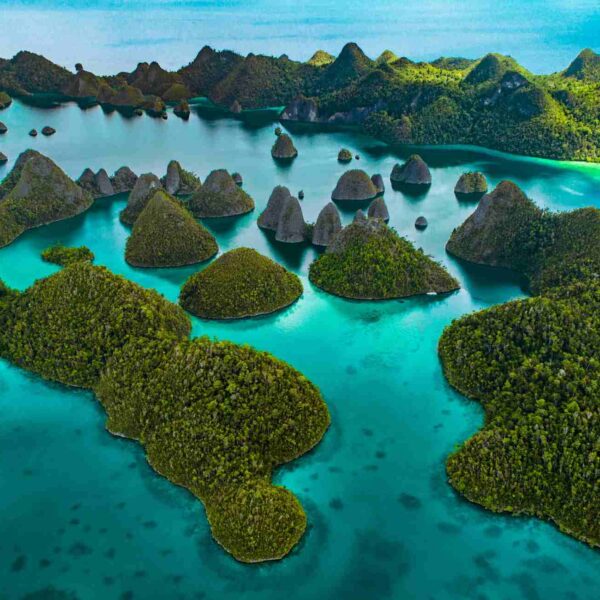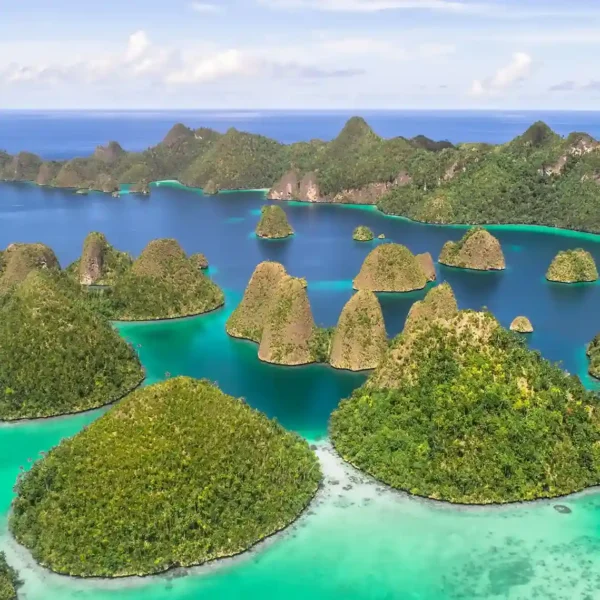The mountain has three lakes sharing the same name, Kelimutu, meaning ‘the boiling lake’.
There is a local name for each color, as well as its own colors.
The Kelimutu lake on the west is usually blue with the name Tiwu ata Mbupu (Lake of Old People). Lake Tiwu Nuwa Muri Koo Fai (Lake of Young Men and Maidens) is typically green, and Tiwu Ata Polo (Bewitched or Enchanted Lake) is usually red.
Nonetheless, all are believed to be resting places for departed souls. As to when and what color Kelimutu lakes will change, it is unpredictable. This changing color phenomenon happens almost every year.
How do Kelimutu Lakes change its color?
According to Kelimutu National Park Agency, the color change is caused by a chemical reaction occuring in the mountain crater.
Scientifically, as NASA said,
All of the lakes contain relatively high concentrations of zinc and lead.
While minerals play a part in the coloring, another key factor is the amount of oxygen present in the water. Like your blood, these lake waters appear bluer (or greener) when low in oxygen. When they are oxygen-rich, they appear blood red or even cola black.
Fumaroles, or volcanic vents release steam and gases such as sulfur dioxide. Upwelling in the lakes is caused by fumaroles, which bring denser, mineral-rich water from the bottom to the surface.
Beatiful Color Change Catched by NASA
Recently, NASA captured the changing of this lakes color in several months and years. Picture below is the changing from 31 March 2014, 9 Oct 2014, to 8 April 2017.

On those years, The Jakarta Post also reported on 2016, Kelimutu lake changed its color 6 times between January and November.
However, Volcanology and Geological Disaster Mitigation Center (PVMBG) reports that the color change did not affect volcanic activity. The tourist destination remains unaffected by Mount Kelimutu’s status, which makes it a safe destination.
So, are you ready to do an Overland Trip to Kelimutu Lakes?
Related article: 5 Amazing Facts about Kelimutu Crater Lakes, Flores You Need to Know

































